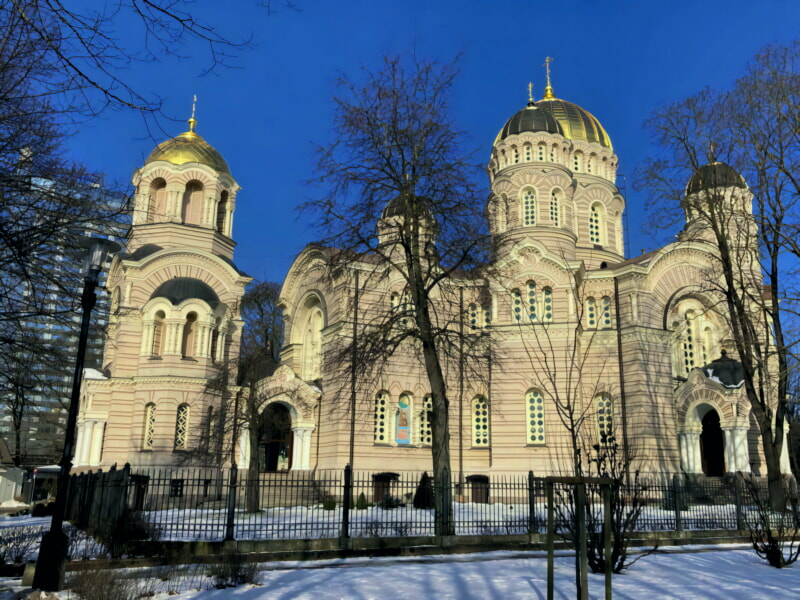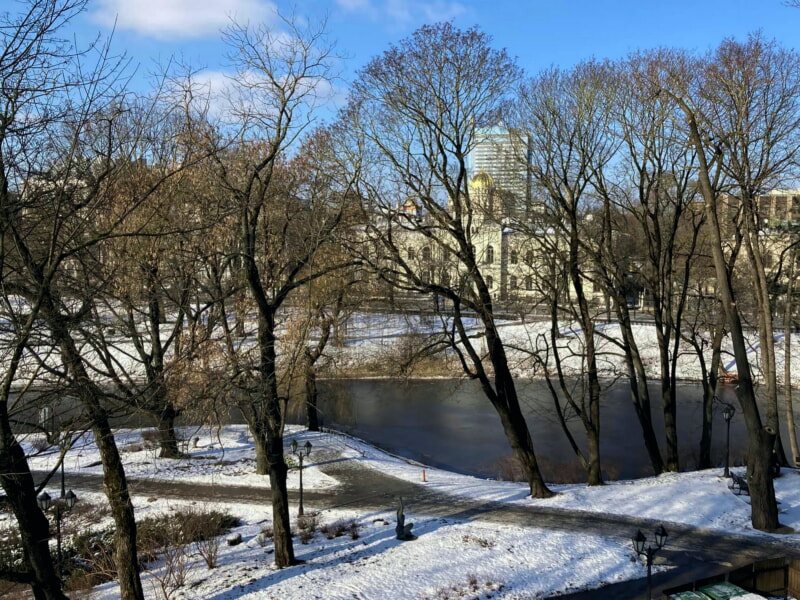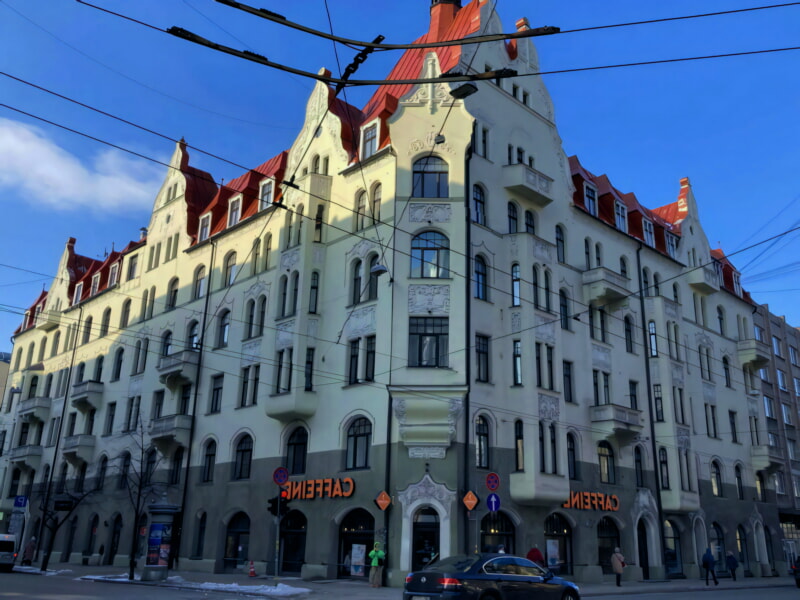Riga, the capital of Latvia, is set on the Baltic Sea at the mouth of the River Daugava. It’s a cultural center, with many museums and concert halls.
The pedestrian-only Old Town has historic buildings and cobblestone streets, along with cafes, restaurants and shops. The city is also home to Livu Square, which features a range of bars and nightclubs.
1. Riga Cathedral
Riga Cathedral is one of the most recognizable landmarks in Latvia and the Baltics. The largest medieval church in the Baltic States, it was founded in 1211 by Livonian Bishop Albert.
Originally, the church was meant to be a basilica-type building. However, later plans changed and a hall church was built instead.
Today, the cathedral is still one of the most important sacral buildings in Latvia and the Baltics. Its architectural scheme incorporates Romanesque, early Gothic, Baroque and Art Nouveau features.
The cathedral is open to visitors daily and is home to a museum dedicated to the history of the city. It also houses a famous pipe organ with 6,718 pipes.
The cathedral is located in the heart of Old Riga on Cathedral Square (Doma laukums). It is a must see for anyone visiting the capital of Latvia.

2. Riga Art Nouveau Museum
A UNESCO World Heritage Site, the Riga Art Nouveau Museum is housed in an apartment once owned by Latvia’s famous art nouveau architect Konstantins Peksens. You can view period furniture and artwork from one of the most creative eras in Latvian history here.
There are plenty of beautiful Art Nouveau buildings spread throughout Riga. It would be impossible to visit them all, but if you want to see some of the best, there are some streets that have a higher concentration of buildings in this style.
Alberta iela (Albert Street) is a particularly good place to start because it’s home to many of the finest examples of Eclectic Art Nouveau. Most of the buildings here were designed by Mikhail Eisenstein, whose son Sergei directed Battleship Potemkin.

3. Riga Opera House
One of the most impressive architectural symbols of Riga is the Opera House on 3 Aspazijas Boulevard. This neo-classical building was designed by architect Ludwig Bohnstedt and opened in 1863 near the city canal.
An 1882 fire destroyed a large part of the theatre, but it was rebuilt according to the original design in 1887. The reconstruction was completed under the supervision of the city’s chief architect Reinhold Schmeling.
The building is still in use today, but it has undergone extensive renovations in the 1990s and 1995. The neo-classical design has been adapted stylistically to provide the best conditions for performers and audiences.
The opera company performs a wide repertoire of classical and popular operas, ballet and other musical events throughout the year. In 2001 a new annex was constructed that includes additional performance space, seating 300 people.

4. Big Christopher
Big Christopher is the protector of Riga from natural calamities. According to legend, he first appeared in the 16th century, in a cave by the Daugava River.
He was a tall, strong man who earned his living by carrying people across the river. One night, he heard a small child crying on the other side of the river. He immediately fetched the child and began to carry it across.
By the time he was halfway across, the child became too heavy for him to carry. In desperation, he laid the boy down and fell asleep.
The next morning, he woke up to find that the child had been replaced with a large chest of gold coins. He used this wealth to build Riga.
Since then, he has become a symbol of the city, and its inhabitants regularly pay tribute to him with flowers and candles, asking his blessing before embarking on journeys. The original wooden statue was carved in 1683 and is now housed at the Museum of History and Navigation.
